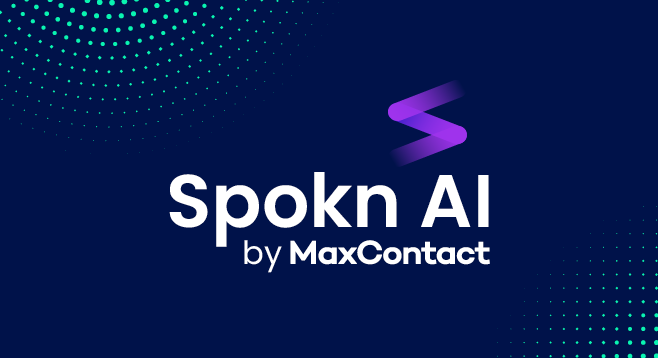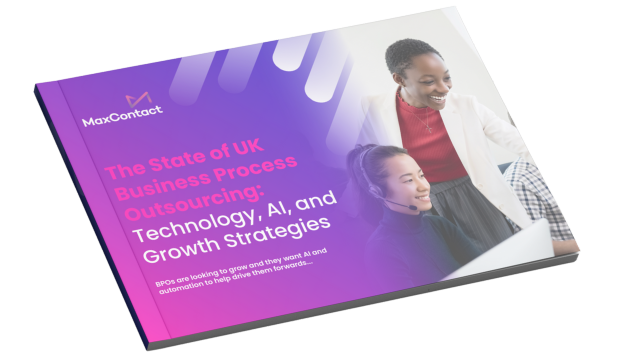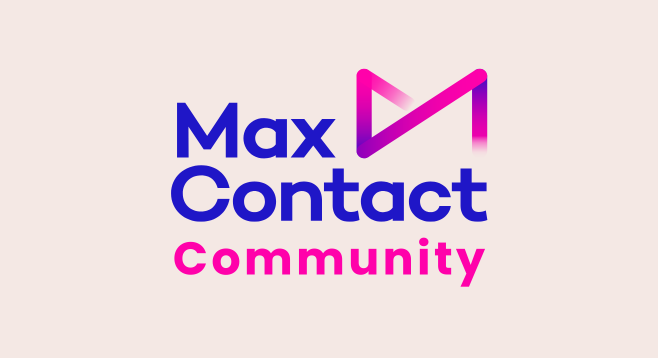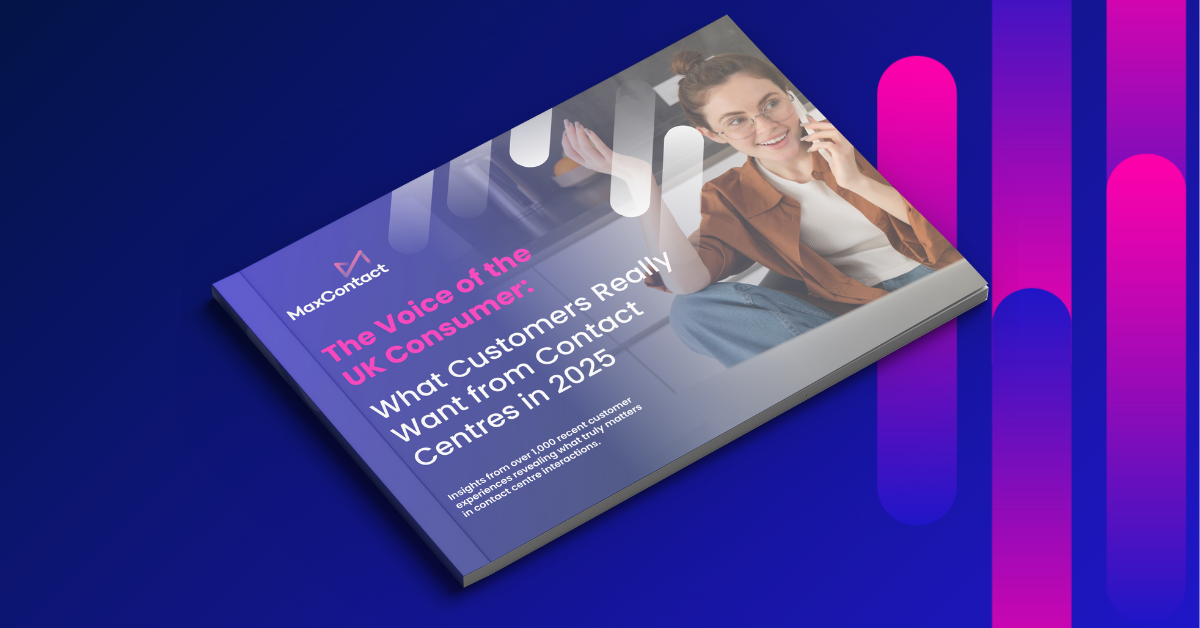Average handling time (AHT) is a key measure of the efficiency of your call centre. Very simply, the faster calls are dealt with, the more you can get through and – theoretically – the happier your customers will be.
We say theoretically, because there’s a caveat here. Reducing AHT mustn’t happen at the expense of service. Rushing calls simply to improve AHT is a recipe for dissatisfaction and, ultimately, unhappy customers.
But it doesn’t have to be one or the other.
In the rest of this blog we’ll define what average handle time is and how it’s calculated. We’ll also share strategies for reducing average handling time while maintaining or even improving customer satisfaction (CSAT).
What is Average Handle Time (AHT)?
Average Handle Time (AHT) measures the average duration of a single customer interaction. It accounts for total talk time, hold time and after-call work (ACW) divided by the number of calls handled.
Talk time: The total time that agents spend talking to customers.
Hold time: Time customers spend waiting for an agent to deal with their issue(s).
After-call time: The time spent on tasks, such as making notes, sending emails, or categorising the conversation. These are tasks that a call centre agent has to do before handling another call.
Average Handle Time formula:
AHT = (Total Talk Time + Total Hold Time + Total After-Call Work Time) ÷ Number of Calls Handled
What’s considered a good AHT depends to some extent on the industry you’re in. Call Centre Helper’s Erlang calculator lets you enter specific metrics to work out your own AHT, but according to its own example, an AHT of 6m 10s is reasonable.
According to our recent Benchmark Report, 44% of our respondents reported times between 6 and 9 minutes.
Why is reducing AHT important?
As a general rule, the lower your AHT, the better. It means you can handle more calls, improve efficiency and reduce costs.
AHT also gives you the information to improve resource management, and to help agents improve performance. Taken together, it is one of the key metrics of any call centre operation.
Lowering your Average Handle Time can lead to:
- Increased efficiency, so you can handle more calls with the same number of agents.
- Cost reduction, so you save on operational costs by optimising agent time.
Improved customer satisfaction due to faster resolutions but only if quality is maintained.
Why is reducing AHT difficult?
There are a few common challenges that stop call centres from achieving lower Average Handling Times.
Complex customer issues
Naturally, some customer enquiries take more time to resolve than others, increasing handling time. These complex issues might include technical difficulties, multiple queries or sensitive situations. In these scenarios, focus on delivering a thorough and effective service over minimising call time.
Outdated systems and procedures
Trying to reduce AHT in a call centre that has inefficient processes and outdated systems is never going to go well. Outdated systems that respond slowly or crash frequently mean agents wait for screens to load or systems to reboot. Lack of integration between platforms can also mean switching between platforms to gather information, which takes extra time during calls.
Complicated workflows and manual tasks that could be automated result in more time to complete simple tasks, contributing to higher Average Handle Time (AHT).
Overcoming agent knowledge gaps
When call agents lack product knowledge, communication skills and familiarity with internal processes, it inevitably leads to longer call durations as agents spend more time finding information, hesitate during conversations, or place customers on hold to seek support.
Inexperienced agents might mishandle calls and give incorrect information, or fail to resolve issues on the first attempt. This leads to repeat contacts that further inflate AHT.
Balancing AHT with customer satisfaction
You should never measure AHT in silo. A focus on call times at the expense of other indicators can certainly lead to a low AHT – but also crash customer satisfaction ratings. Agents should never be incentivised to end calls prematurely or rush through conversations.
Agents who feel pressured to end calls quickly are more likely to make mistakes or give bad advice. When that happens another key call centre metric – first call resolution (FCR) rates – also suffers.
And if your AHT starts to rise, it doesn’t necessarily mean your call centre is less efficient. It could be that your agents are handling more complex calls that require longer to resolve. It’s important to check what is leading to longer call times before deciding what to do about them.
But, AHT is important and if you do need to bring it down, there are ways of doing so that won’t undermine the experience of your customers.
9 top tips to reduce Average Handling Time in your call centre
- Use advanced call routing – match customers to the right agent
Thanks to intelligent skills-based call routing, it’s possible to connect customers with the most suitable agents based on their expertise. Matching customers to agents who are more likely to be able to solve their problems, reduces the time spent on transfers and results in efficient calls (and satisfied customers).
- Automate processes with the right technology
Choose your call centre software wisely. Good technology allows you to serve customers more efficiently and more effectively. Embracing AI technology can remove bottlenecks in the customer journey and provide an easier path to improved AHT rates.
Here are some examples of how technology can be used effectively:
- Interactive Voice Response (IVR) systems: Let customers self-serve for common queries and reduce the need for agent intervention.
- AI-powered chatbots: Handle routine questions and free up experienced agents for more complex calls.
- Improve quality by reviewing call recordings
With the use of speech analytics, call recordings can be used to pinpoint conversational culdesacs. As part of your quality assurance process, regularly review recorded calls with your agents to identify possible improvements. Skilled agents can confidently handle calls more quickly and effectively.
- Focus on agent training
Tailor comprehensive training programs that focus on product knowledge, communication skills and problem-solving techniques. Well-trained agents can handle enquiries more efficiently.
- Optimise your call scripts
Many customer interactions are similar in nature. By producing and refining call centre scripts that are easily accessible, you give your agents the smoothest route through any customer conversation. That means calls end sooner, but without agents cutting any corners.
- Use Workflow Management Systems
Workforce management (WFM) systems help ensure you have the right resources in the right place at the right time. By optimising staffing levels for every client or shift, you reduce wait times and improve the overall performance of your call centre. At the same time, you’re not paying for staff hours you don’t need.
- Monitor and analyse performance metrics
Use automated reporting tools to see company, campaign, team or individual performance analytics in one place. Regularly review call data to identify patterns and bottlenecks to make decisions.
- Encourage agent feedback
Your agents are on the front lines and can provide valuable insights into inefficiencies. To get the best from your team, create an environment where they can share feedback openly.
- Set realistic and balanced KPIs
While AHT is important, it shouldn’t be the only focus. Balance it with other key performance indicators (KPIs) like First Call Resolution (FCR) and Customer Satisfaction Score (CSAT).
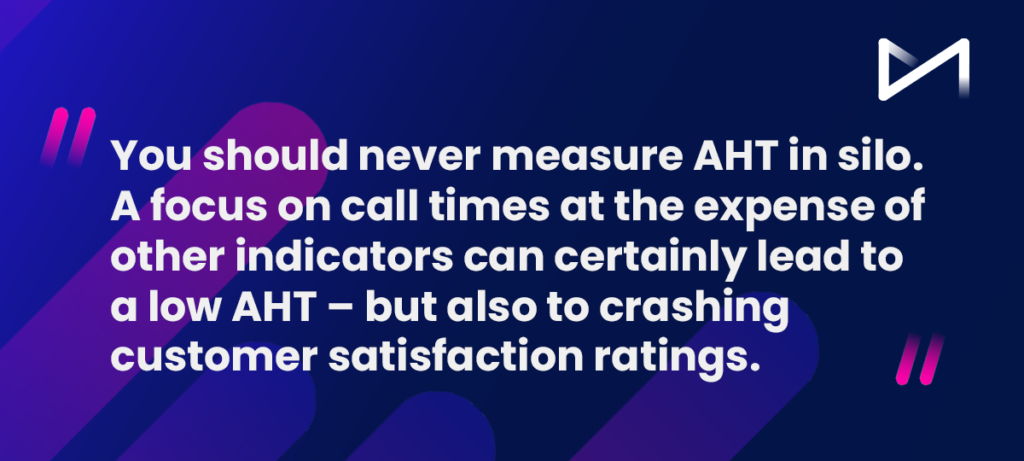
How MaxContact can help
MaxContact’s industry-leading call centre software can help you reduce AHT and improve customer experience. Our solution gives you AI-driven workforce management, powerful IVR and self-serve functions, and real-time interaction monitoring to drive efficiency improvements.
In addition, our reporting and analytics tools help you identify bottlenecks in customer journeys, so you can put the processes in place to smooth the path to resolution and reduce AHT.
For more information on our contact centre solution, click here.
